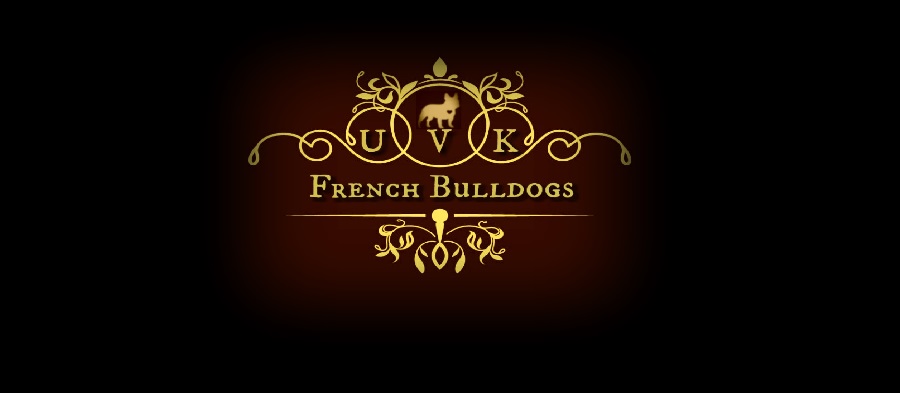What is an elongated soft palate?
The hard palate is also referred to as the ‘roof of the mouth’ – it becomes the soft palate just behind the last molar tooth in dogs with a normal sized skull and extends to the tip of the epiglottis. The soft palate is the soft part of the roof of the mouth.
In some breeds, known as the brachycephalics or ‘short-skulled’ dogs, the soft palate develops further back and can extend into the larynx; effectively it is too long for the length of the mouth. This can partially block the entrance to the trachea, or windpipe, and increases airway resistance which can lead to breathing difficulties. This may be detected by noisy, snoring breathing sounds on inspiration (often referred to by your vet as stertor) and snoring during sleep. In some cases, you may also be aware of your dog retching or gagging during or after swallowing. Brachycephalic breeds can often have a number of other anatomical issues present at the same time, such as narrowed nostrils, everted laryngeal saccules (or tonsils) and partial collapse of the trachea; together these contribute to a syndrome known as Brachycephalic Obstructive Airway Syndrome (BOAS).
Brachycephalic breeds include:
- English/French Bulldog
- Pekingese
- Maltese
- Shih Tzu
- Chihuahua
- Yorkshire Terrier
- Boston Terrier
- Cavalier King Charles Spaniel
- Boxer
Elongation of the soft palate can also occur in mesocephalics or ‘medium-skulled’ dogs e.g. Golden Retriever, Springer Spaniel and Dachshund; owners of such breeds should also be aware of the possibility that their dog may have an elongated soft palate and of the risks posed by the condition.
An elongated soft palate is a congenital condition.
What are the signs of an elongated soft palate?
During inspiration (breathing in), negative pressure is created to ‘pull in’ more air – this works in combination with the action of the respiratory muscles. In a dog with an elongated soft palate, this negative pressure causes the soft palate to be pulled into the larynx, reducing the available diameter of the larynx and trachea to airflow.
This reduction in diameter varies with breathing effort – the harder your dog breathes, the more negative pressure that is created and thus the more the diameter is reduced, in some cases, causing complete obstruction. As such, the degree of respiratory distress varies and the clinical signs differ depending on the degree of severity. Signs include:
- Stertor (snoring)
- Dyspnoea (difficulty breathing)/excessive panting
- Stridor (wheezing)
- Exercise intolerance
- Retching/gagging
- Swallowing disorders
- Coughing
- Breathing disorders during sleep
- Respiratory muscle hypertrophy
- Exaggerated abdominal movements during breathing
- Cyanosis (blue tongue/gums due to poor oxygenation of blood)
- Occasional collapse/fainting
These clinical signs are often made worse by overheating, stress, excitement or hyperactivity and obesity.
In addition, your dog may also be at risk of gastric irritation and aspiration pneumonia – excessive production of saliva and elongated soft palate can prevent effective swallowing of food material, leading to aspiration into the airways and secondary bacterial infection. If your dog becomes depressed or develops a cough or fever, it is worth a visit to your veterinary surgeon.
How is it diagnosed?
To confirm any suspicion of elongated soft palate and examine the upper respiratory tract fully during inspiration and expiration, your veterinary surgeon will often choose to perform general anaesthesia – this is because conscious examination of the mouth can be very stressful and may itself lead to respiratory distress.
Your veterinary surgeon may perform:
- Pre-anaesthetic complete blood count and biochemistry
- Blood gases – to check blood pH and CO2 concentration
- Radiography – to assess any secondary changes to the trachea, lungs and diaphragm
General anaesthesia is challenging; initial examination of the upper respiratory tract must be carried out before the endotracheal tube (to allow delivery of anaesthetic agent and oxygen) can be placed, making it a hazardous procedure. Ideally diagnosis and treatment are carried out under the same G.A to reduce the risk to the patient – this is normally discussed with the veterinary surgeon prior to G.A being carried out.
Veterinary care
Treatment involves surgery to correct the main problems of narrowed nostrils and elongated soft palate; the nostrils may be widened by removal of a wedge of skin from each nostril and the soft palate may be shortened or resected either by cutting back the excess tissue and placing sutures that do not have to be removed, or by laser surgery. Both cause significant bleeding and soft tissue swelling.
Post-operative hospitalisation is usually continued for 24-48 hours. Aftercare can often be more challenging than the corrective surgery and you may wish to consider referral to a specialist hospital for diagnosis, treatment and post-operative monitoring to be carried out.
Prognosis
The prognosis for dogs with an elongated soft palate is usually favourable post-surgery but this depends on timing – the younger the dog, the less likely that narrowed nostrils and elongation of the soft palate will have led to secondary changes such as laryngeal saccule eversion and tracheal instability/collapse.
Can it be prevented?
Elongation of the soft palate is a congenital condition, however, steps may be taken to reduce the risk of respiratory distress developing in your dog.
- Minimise factors that make the clinical signs worse e.g. exercise and excitement
- Your dog should wear a harness rather than a collar when exercised
- Weight should be controlled to decrease incidence of obesity
- Consider elective surgery to widen nostrils and shorten the soft palate
When your pet is ill, you know that you can trust your vet. However, if your pet is particularly ill, or suffers from a complicated condition, they may benefit from a referral to a Specialist vet.
This advice is not a substitute for a proper consultation with a vet and is only intended as a guide. Please contact your local veterinary practice if you are worried about your pet’s health.
